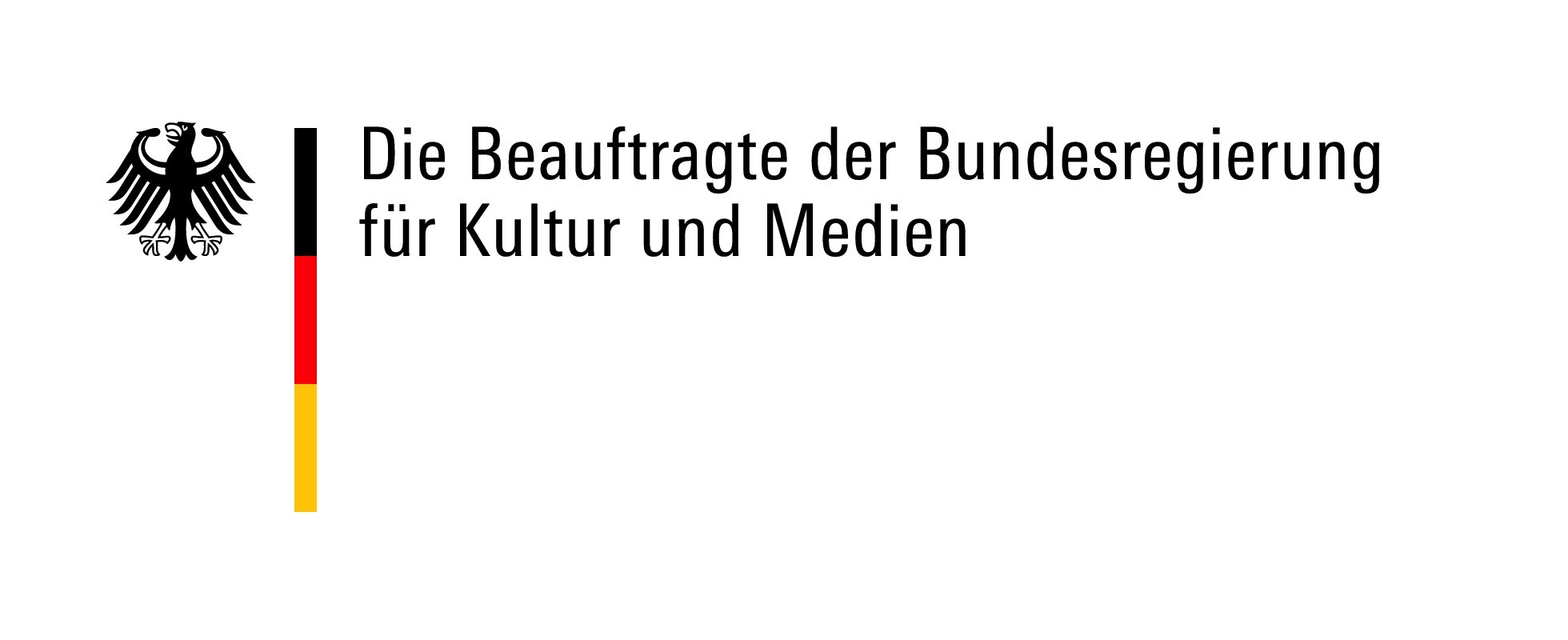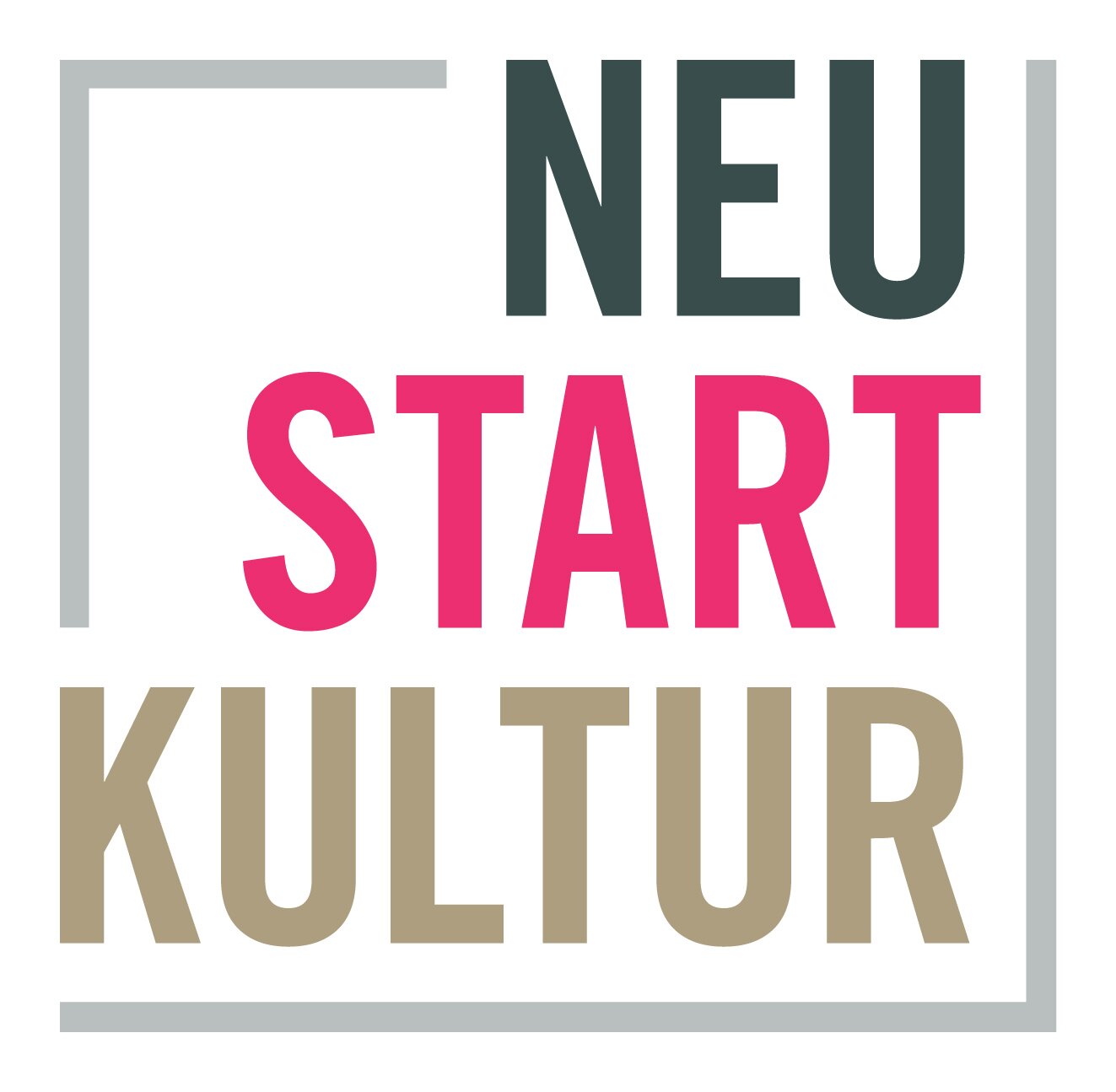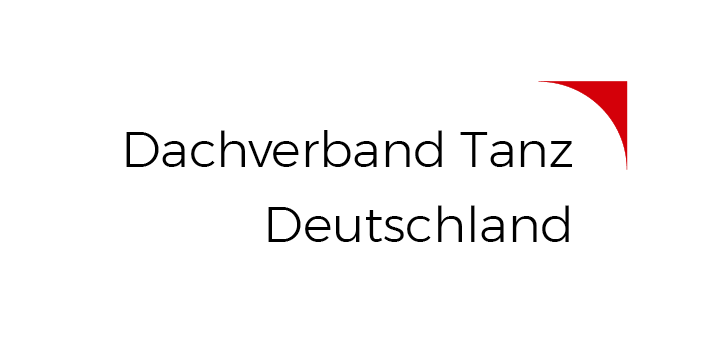Notes from the Field: Female Archetypes in Modern and Contemporary Dance
with dancer/choreographer Leah Wilks
Check out the footage below for our work-in-progress! And refer to the timestamps to move through sections! Since a lot of the 40-minutes is time spent in character development- meaning we would find one character or relationship and then expand upon it- I encourage you to scroll and watch whatever parts you’re drawn to as a way of engaging with this work. Enjoy!
Created and performed in collaboration with Leah Wilks at AZULE, made possible by DIS-TANZ-SOLO funding.
Timestamps:
0:00-3:30 opening circle walk and speaker troubleshooting
3:30-6:20 runway walks
6:20-10:00 grotesque threats and fairies
10:00-12:15 repetitive phrase and transition
12:15- 20:00 children's story and sad woman
20:00-27:00 witch (solo)
27:00-29:00 witch (duet)
29:00-31:15 slashing
31:15-32:15 dabbing
32:15-35:00 transition
35:00-38:45 kaleidoscope
38:45 end closing circle
Lately I’ve been interested in archetypal representations of maidenhood, motherhood, and cronehood in dance and performance. My artistic inquiry, which is always shaped by what is happening in my body, compels me to learn about how other female artists have understood and portrayed their changing bodies and societal roles onstage.
Thanks to funding from DIS-TANZ-SOLO, I’ve had the opportunity to pursue these interests in several ways. Last spring, I spent one week watching dance videos of some amazing choreographers at the New York Public Library for the Performing Arts. Of all the artists whose work I could possibly watch (and there are tens of thousands at the NYPL!), I focused on women* choreographers who make and perform solos on their own bodies. I watched works from: Nora Chipaumire, Blondell Cummings, Faye Driscoll, Katherine Dunham, Martha Graham, Anna Halprin, Okwui Okpokwasili, RoseAnne Spradlin, Elizabeth Streb, and Mary Wigman. This range of choreographers from different places and across almost 100 years illuminated how many different ways there are there not only to making and sharing dance, but how different the experiences of having and moving with a female body can be. I found this diversity of story, approach, and relationship-to-self not only comforting, but essential. Because there isn’t some “right” or “essential” way to make a dance about your body any more than there is a “right” way to move through the world. This discovery- or reminder of a forgotten truth- challenged me to generate some new research questions, including: How do archetypes change and vary over time and culture? When are they useful, and why? When are they limiting, and why? How are archetypes and stereotypes related? Why and how is women making dance work on and about their bodies a necessary political act? In these actions, what is not being seen or represented?
It was with these ignited curiosities and questions that I entered the studios of AZULE with my dear friend and longtime collaborator Leah Wilks. We spent one week working intensely with female archetypes, particularly witches and fairies. In keeping a record of our time together, here are some practices we invented and engaged that week:
reading books and articles to each other, including works by Jasmine Johnson, Sylvia Federici, and Oyeronke Oyewumi
regularly cleaning the space (yes, we used brooms, just like real witches)
Meisner imagination and vocal exercises
writing childrens stories
movement scores developed by Jennifer Monson, Barbara Dilley, and John Jasperse
exploring the beautiful nature of western NC
interviewing each other
We worked with the goal of sharing something at the end of the week to symbolize a marker in this exploration. It was a rich time of channeling and embodying a range of archetypal female personalities and the powers that define them- from the innocent magic of the fairy, to the wild and ruthless passions of the witch.
This research continues in my life and work in different forms. This summer I wrote a research paper entitled “When A Choreographer Meets An Archetype: Embodying and Performing the Multitudinous Self” in which I analyze three solo female choreographers compositional and performative choices in their works. I hope to publish this work in 2023. I have also adopted some scores inspired by Pina Bausch and formulated by Royd Climenhaga as ways of working with dance students and collaborators, practices which have opened new understandings of composing dance with space, time, and other people. Lastly, I am working on a series of movement scores set to text as a poetic journey through many of the concepts that I met doing this research, including: the innocence which characterizes the maiden; the materiality which characterizes the mother; and the decay and loss which characterize the crone.
* Woman: an “adult female human being” (Oxford English Dictionary online, n.d.). According to Waking Up a Dyke, “the concept of woman is a social construction, which often confuses sex, gender expression, and gender role” (Blum 6-7). I use the word “woman” in this essay with the acknowledgment that it can be a false or misleading label. Nevertheless, since it is such a powerful social and historical construction which describes the experiences of many people, I use it here to refer to individuals who were socialized as girls and identify as women. I use the word “female” interchangeably with “woman” in this essay.
Works Cited
Blum, Dominique Lambert. “Waking Up a Dyke: Reclaiming One’s Queer Self in a Big Dream.” Dissertation, California Institute of Integral Studies, 2015.



